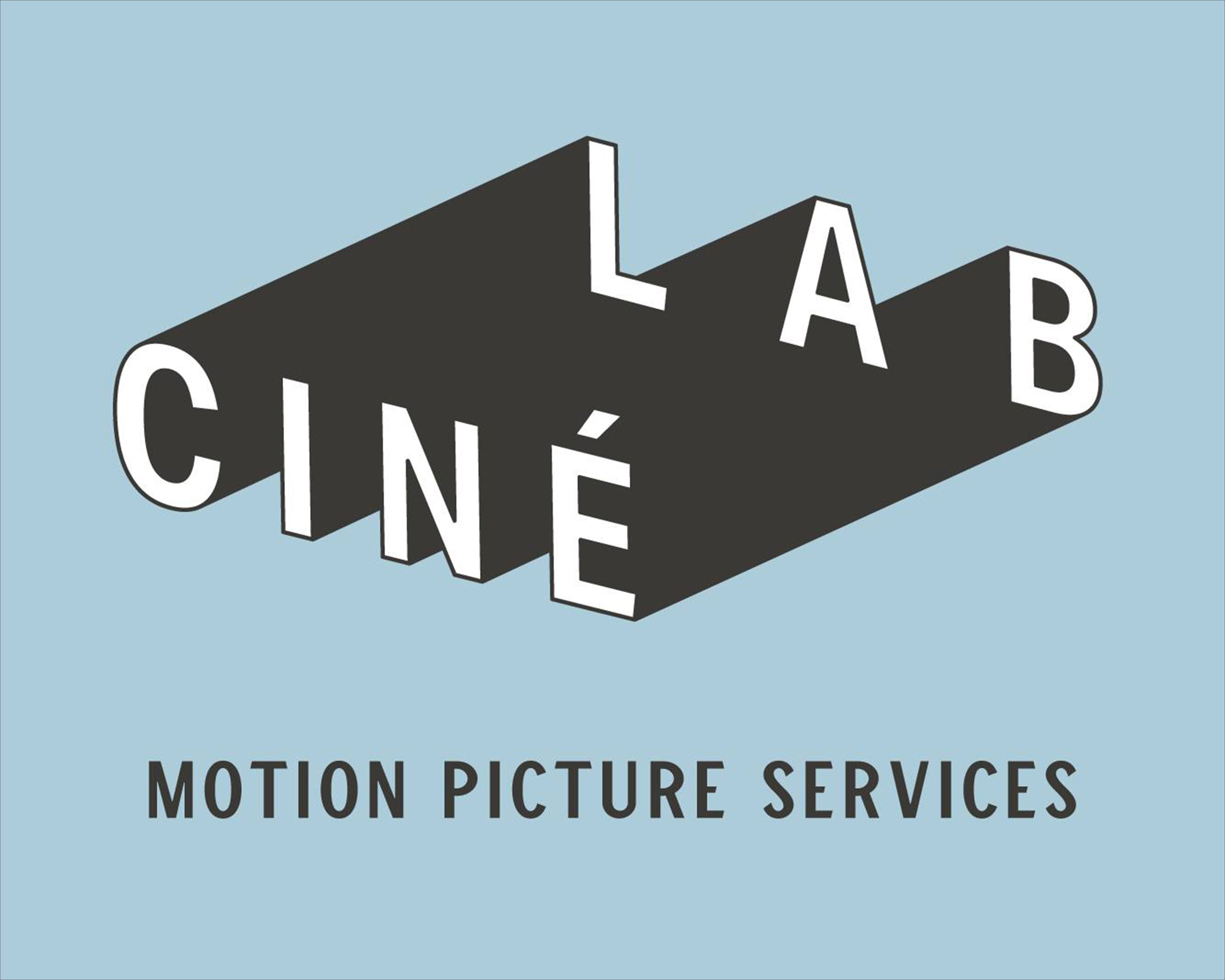I didn't answer your question before because I found it confusing. What's a "fan light"? A light passing through the spinning blades of a fan?
Why does it have to be low-light? Just lighting a face in a black room, you can use a ton of light or very little light and get the same image brightness depending on how you expose the film, so the only reason to use low light levels is when balancing with something naturally low in level that you can't change, like a candle or flashlight in the scene.
Otherwise, what difference does it make if you point a 5K at someone and shoot at f/8 or a 1K at someone and shoot at f/2.8 other than depth of field? Just because a light is big and powerful doesn't mean that the subject will render as bright, otherwise, you could never shoot under real sunlight and make it look like moonlight using day-for-night techniques.
Or when you saw "low light" you actually mean that you want the face to be dimmer than normal brightness?
I only bring this up because when I was a beginner shooting Super-8, I shot a face on b&w with a 1K pointed hard at them, through moving leaves for a shadow pattern, and underexposed to look like moonlight -- and someone saw how dark the shot was and said "boy, you must have used really low light levels!" -- when the opposite was true. Beginners have to get rid of the notion that a dark scene is lit with low levels and a bright scene is lit with high levels of light. What matters is exposure, how you expose to make something look in terms of brightness, and also the key-to-fill ratio, how much fill light you use to control contrast.
So in terms of using these different lights, it just depends on the look you want. A direct kino has a certain softness to it, a tungsten through a frame of diffusion has another effect, etc. What is the effect you want? In other words, how soft is the key light on the subject, what direction is it coming from, how bright does it look, how much detail in the shadows do you want, and what color are the lights, etc.? And to answer some of that, you have decide what look you want but also what that light is supposed to be simulating, if you are going for a naturalistic look versus a theatrical look.
As for the angelic look, try heavily backlighting the subject from above with your brightest light (almost more of a top light but slightly behind), open up the iris on the lens all the way and expose for the shadows, and use some diffusion of the lens like a ProMist.





